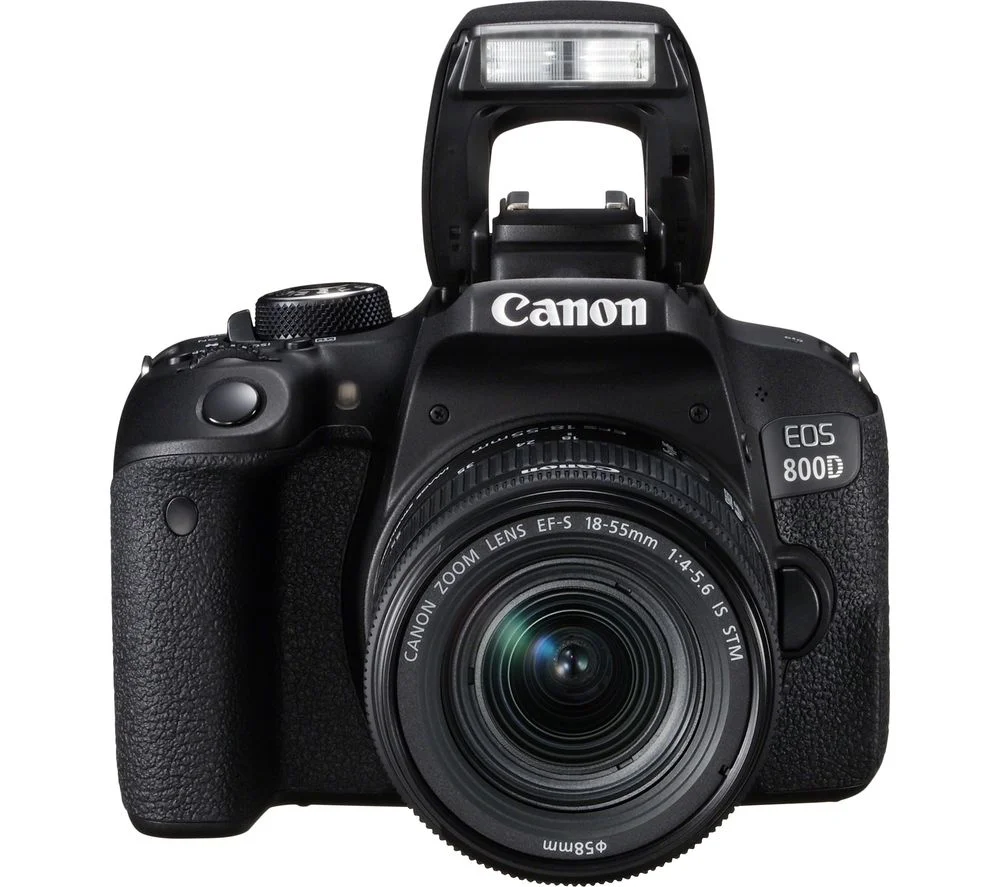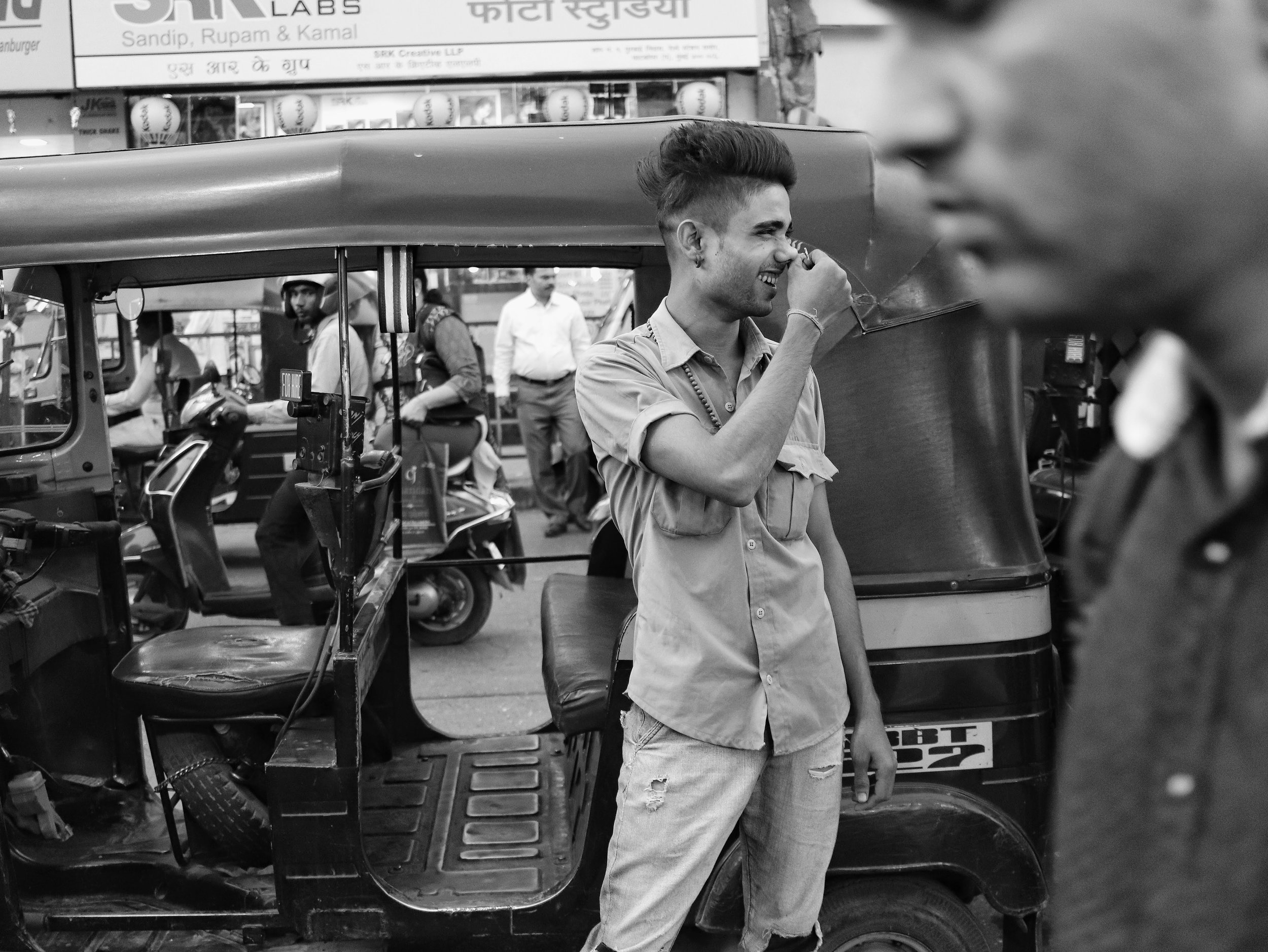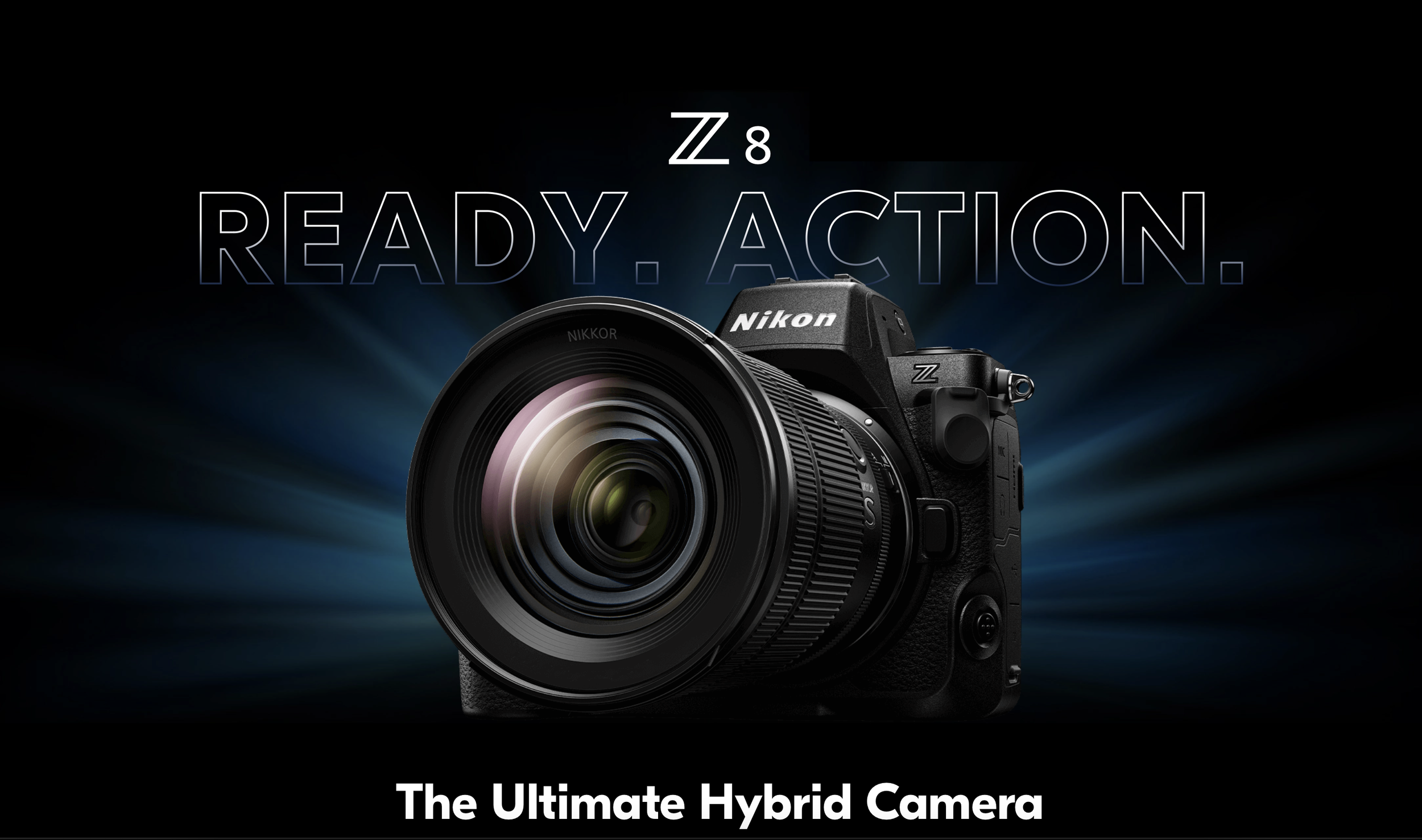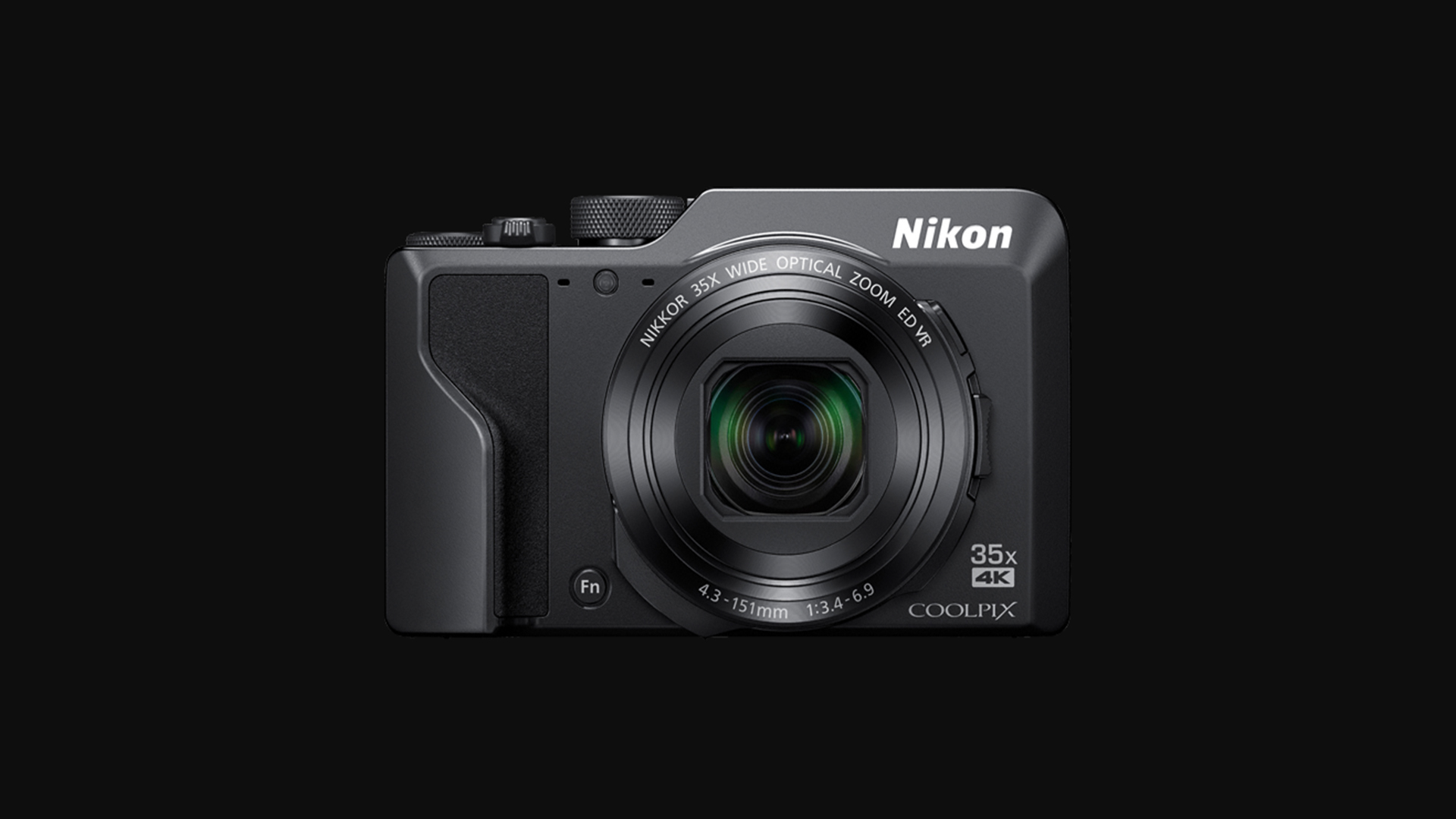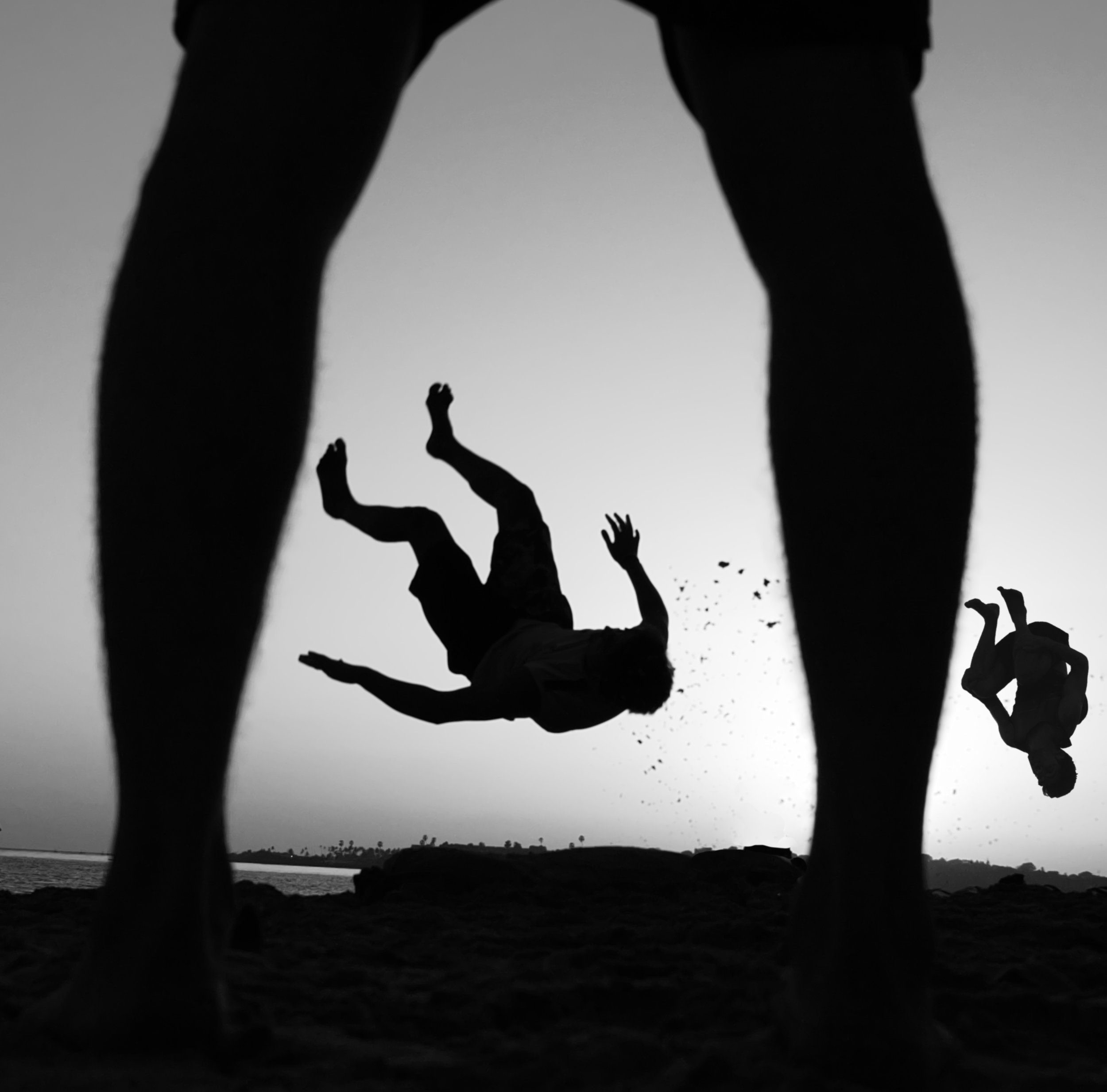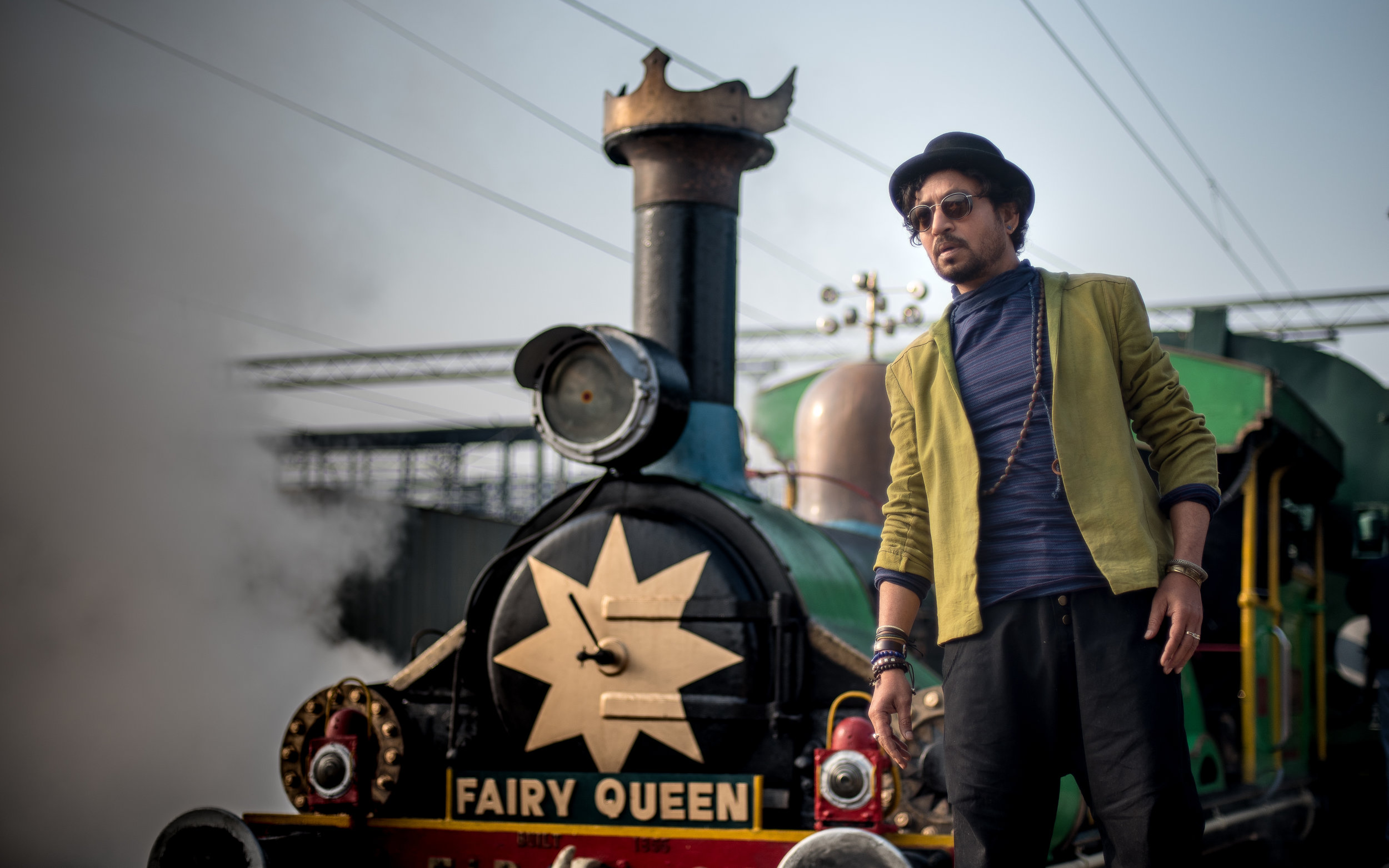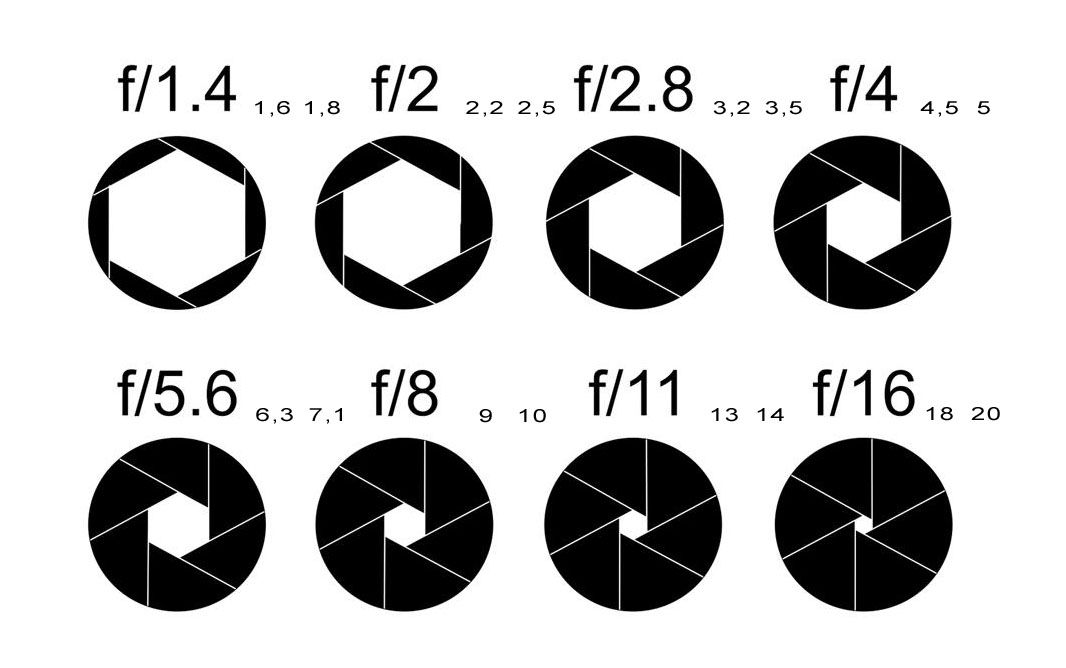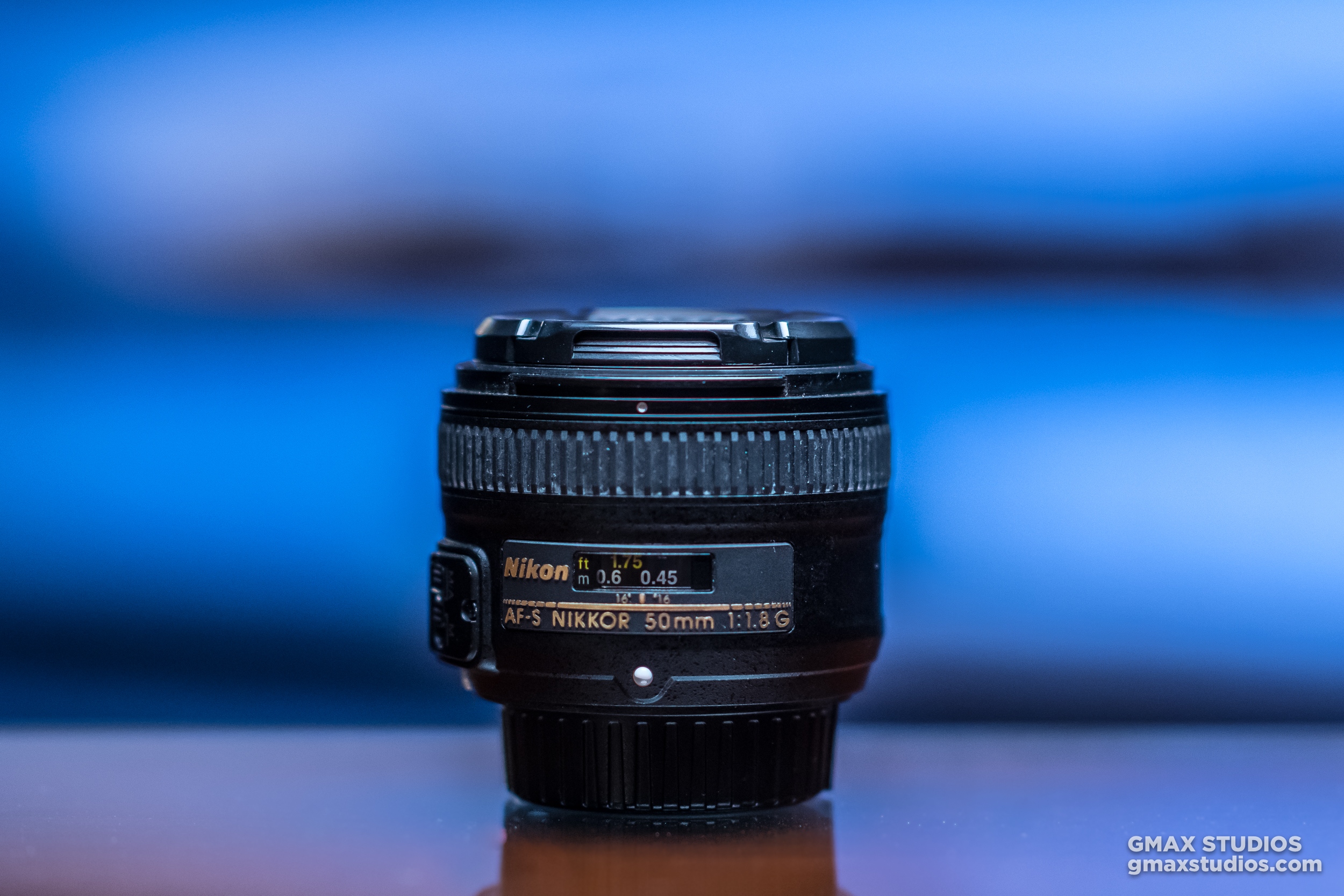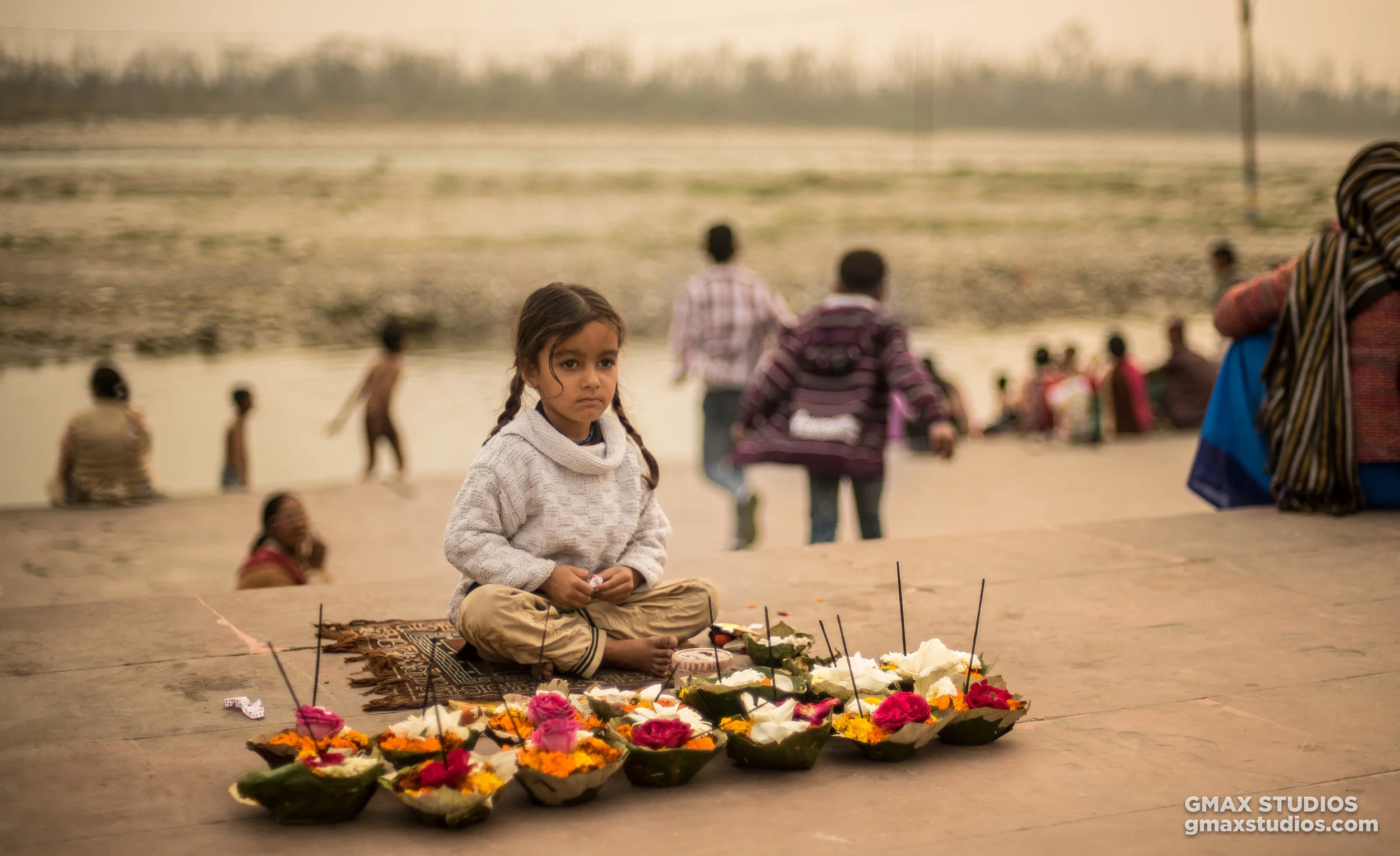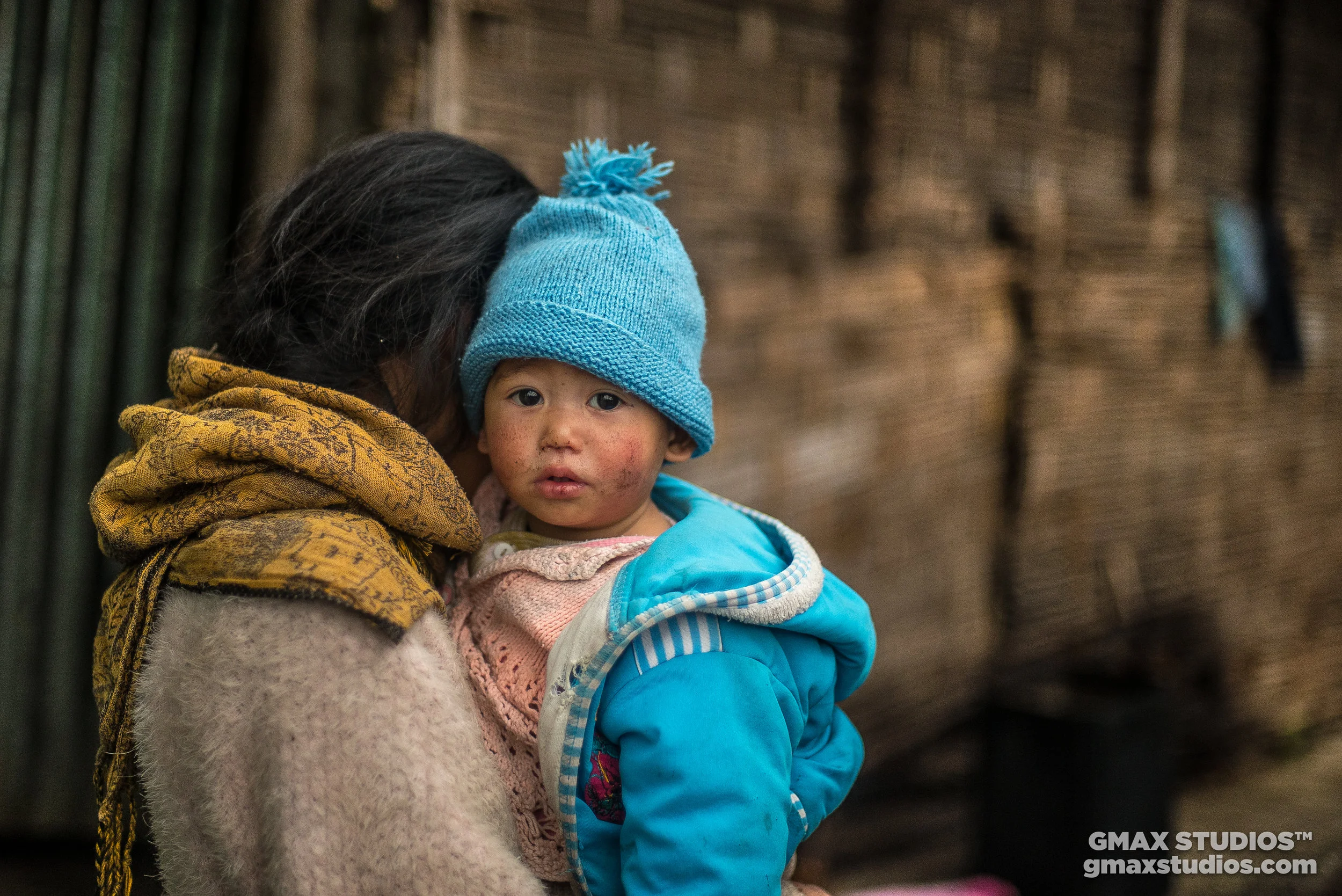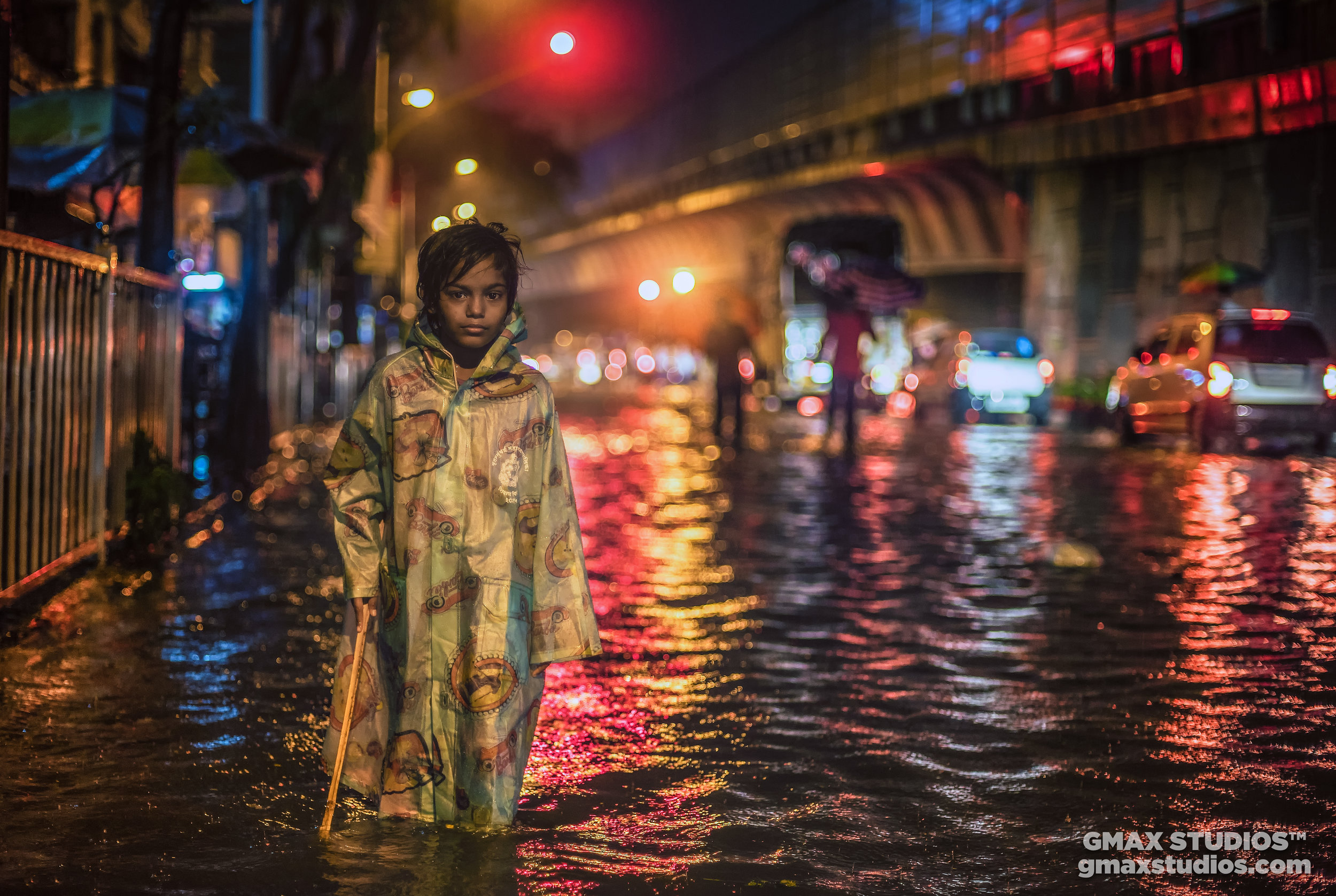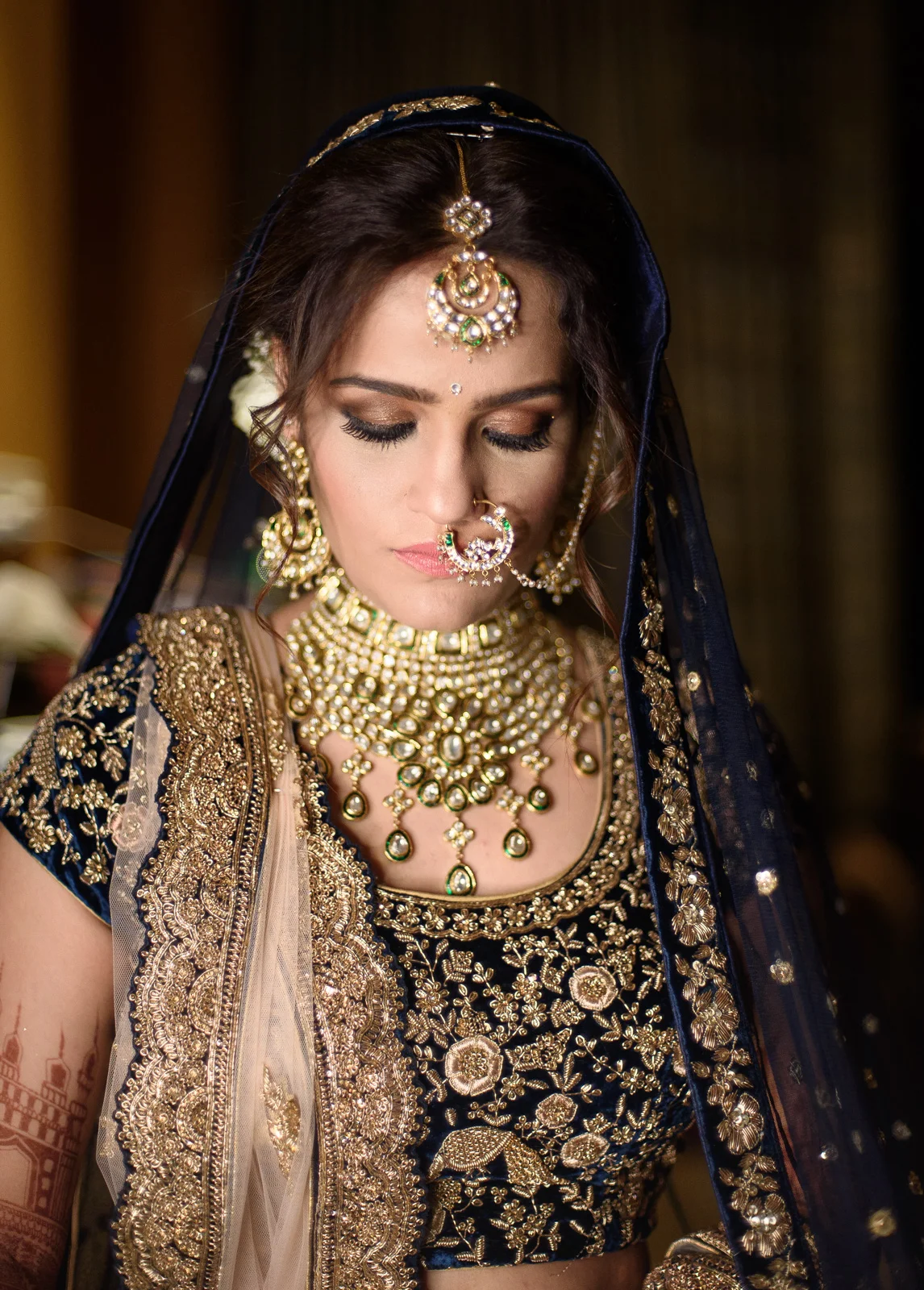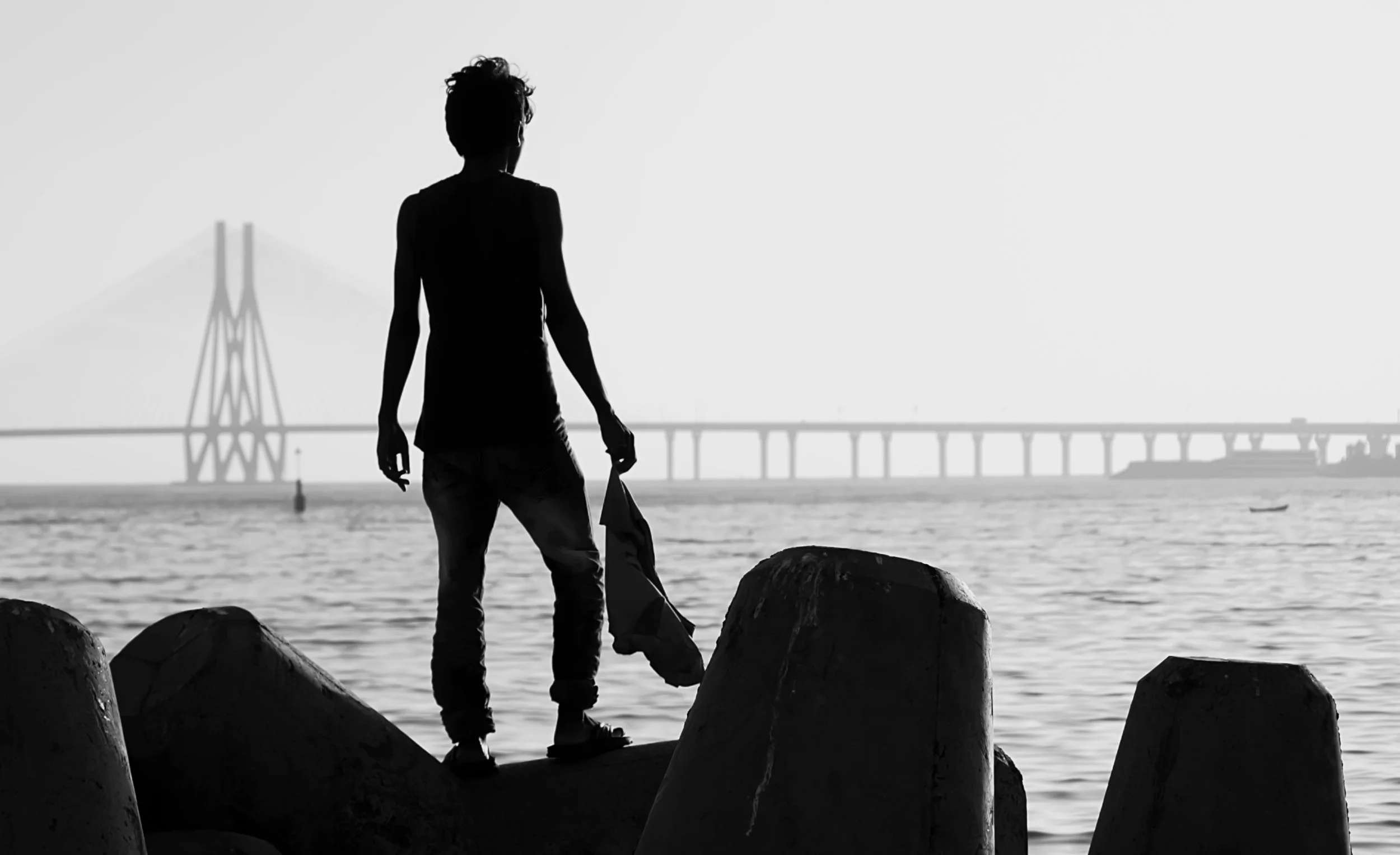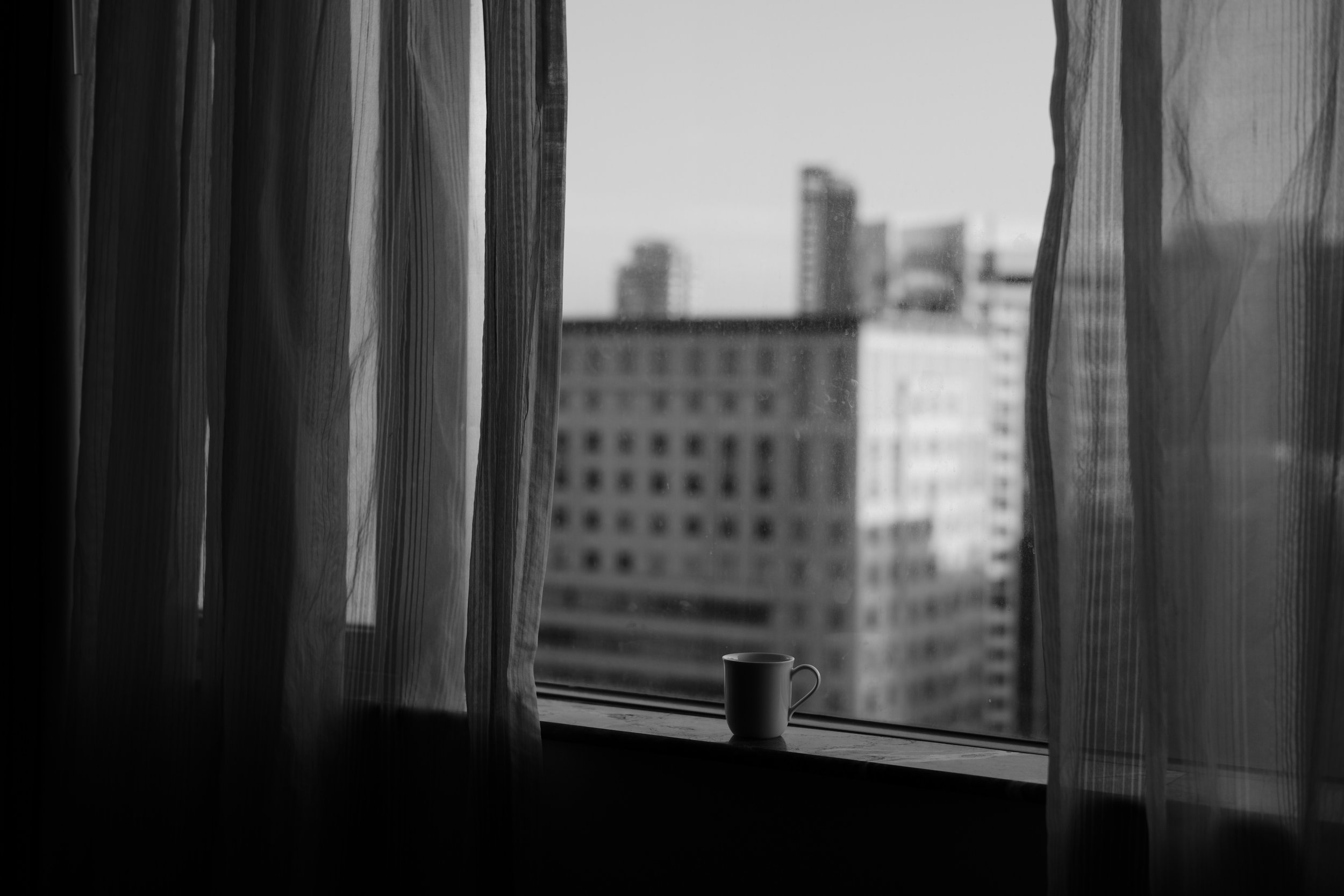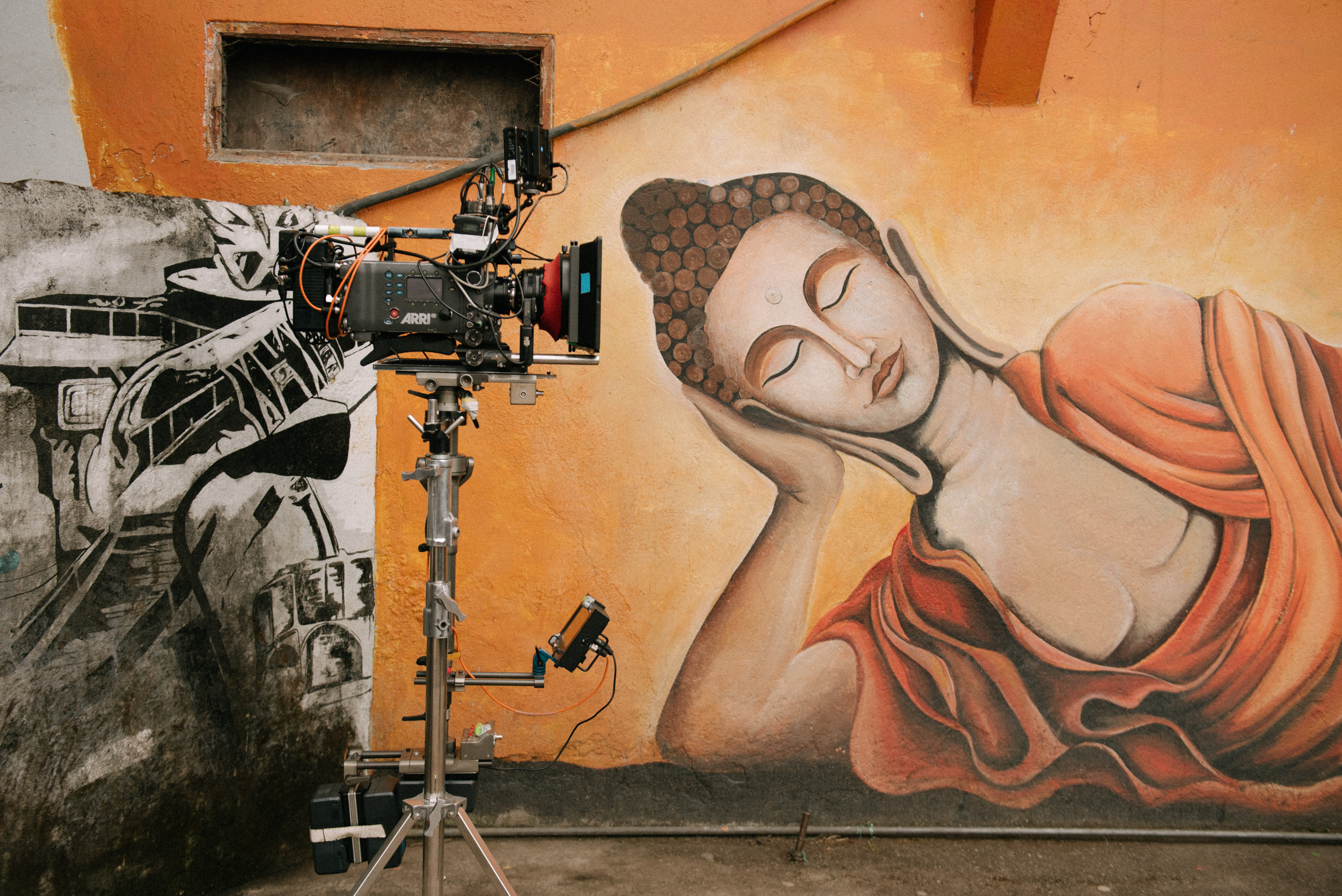
5 Frames with the Canon 800D by Rishabh Udgata
A LITTLE HISTORY
To begin with, I just wish to say that I have never been a photographer. I have never called myself a photographer. Yet, somebody sees a camera on you, and instantly takes you for the brooding, obsessed with life big-shot photographer roaming the streets. On some days I choose to go with it. Let them think I’m a photographer. It makes things easier.
Last year, my mother had gifted me a camera. A Canon 800D that she thought would push me to be more creative. She passed away a few months after. After that, I put off touching the camera for the longest time. It would only remind me of her. Even worse, the last few pictures I took were those of her. After several months of delaying my gratitude for my mother, I decided to photograph with it again, and little did I know about how liberating it would be. It was when stepping out to photograph, I experienced what they call a ‘flow’. The chattering in my mind would finally die down, and I would only be focused on the job at hand. It turned into a habit. Now, like I mentioned, I’m no photographer, but I’m drawn to photography like it’s the last worthwhile thing here on earth. And it’s my hope that my pictures improve and maybe, someday, I could end up calling myself one.
ONTO THE ASSIGNMENT
This excursion was impromptu, to be honest. I recently purchased a 24mm with a f/2.8 aperture on it and I was itching to try it out. I also use a 50mm 1.8 (which I absolutely love), but I realized that my pictures weren’t doing it. The portraits looked real nice, but somewhere I wouldn’t be happy with the work I was able to put out. I missed having a little background, a bit of scenery to go with my subjects (I shoot portraits as of now).
Our editor and chief, the magnetic Gorky M suggested that I take the time to shoot black and white. We do take the classic B&W for granted - it is an art-form in itself. And any person who can understand the way light affects the grays, the various blacks and whites, has the power to milk emotion. So I did as he suggested, and it’s true - a new world opens up to you. A nostalgic one, filled with reverence for all things little and large, where faces change and the eyes say a lot more. It’s like a spell being cast on the world, a beautiful lapse of time that was missing. It’s like hitting pause and realizing the magic of breath.
GHATKOPAR, MUMBAI
It was completely random, me stepping out one fine day to photograph. I wouldn’t say that I have covered all of South Mumbai (which they say is the real Mumbai) but I am tired of photographing there. At least for now. So this fine day, I took the tube to a central suburb called Ghatkopar.
Ghatkopar is like any suburb of Mumbai, cluttered and populated. There’s no place to walk here, and if there were - there’d be a shop there. The sidewalks cater to hawkers and serve as extra spaces for shop owners in front of them. It’s tough to pick out a moment here, there’s just too much chaos. An auto rickshaw stand is stationed right next to the bus stop, people are eating, smoking, buying clothes - all at once. So I tried to do what I think I do best, take pictures of people.
As I turned left from the bus stop, I saw this man seated on an old bike. These single-seat bikes aren’t available anymore. Or at least, they aren’t popular like they used to be. My uncle had one when I was little. You had to kick-start it till your feet bled before you could work up some life into this fickle thing.
My dependence on caffeine plays a vital part in this second picture. As the day was winding down, my morale too felt like calling it quits. Suddenly, lethargy crept into my body and I had the impulse to go grab a nice cup of chai. And here’s the amazing thing about Mumbai, or India, that there’s a tea stall somewhere nearby. There’s millions of us feeling lethargic throughout the day, and chai is able to keep our spirits high. As I walked into a grimy alley, I could smell a fresh batch of tea being concocted, with a hint of lemongrass.
At the tea stall, I saw two security guards - simple teetotalling men, taking a break from their duties to sip a cup of tea.
There’s something about uniforms that just makes look people great. When I saw these two gentlemen, I had to ask one of them for a picture. Once he had agreed, I decided to be a bit more bold and ask him to hold up his walkie.
The texture on the wall behind the man was deliciously photographic too, and once I sharpened the picture - it popped right out.
This guy was really kind enough to let me take a few pictures of him. I was fascinated by the text on his t-shirt. This is a thing I’ve run into on many occasions in my country. There are many non-English speaking people walking around with the most amazing captioned t-shirts. It’s really something. Not many of us could wear something as bold as this. You would have to be campaigning for something, or wear it in a protest, perhaps. I certainly couldn’t carry off something like this. For the simple reason that I could never practice what I preached.
Okay, there’s nothing to this photograph. It’s a candid picture of an auto-rickshaw driver laughing on a joke made by another rickshaw driver. He had a cool haircut, though.
While we’re still on the subject of learning, one thing continues to move me. It’s how human the art form of photography is. It’s a conversation starter like no other. You meet all kinds of people. You hear stories that have the power to change you and shape you.
As an effort to shoot with more confidence, I have begun talking to people who I take pictures of. It really adds to my day and it also becomes the reason for doing this so often.
One of the people I struck up a conversation with was this gentleman. He is the owner of a tobacco shop in Ghatkopar. We spoke for around fifteen minutes, talking about many different things. I complemented him on his look and he said, “I wish you had met me earlier, the beard was much, much longer.”
I had plenty of keepers (good photographs) from this random outing. These made it to the eventual cut. The 800D is a decent camera. It shoots quickly, the menu is easy to understand and has many options for lenses. With a 24mm 2.8 pancake lens, I was invisible. At least I felt invisible. Maybe, I’m getting better at this.
If you would like to contribute to “5 FRAMES” please fill the form here.
Rishabh Udgata is a writer and contributor at GMax Studios. He goes by @oodgata on Instagram.
Why is the 50mm 1.8 lens the best lens in the world and why should you buy it!
It’s been a while since you’ve had this DSLR but your photos just don’t stand out. They seem to be missing something. You can change that today.
It’s been a while since you’ve had this D-SLR but your photos just don’t stand out. They seem to be missing something. That finesse. That x factor. That punch.
That ‘D-SLR look’ you’ve seen on Instagram.
Mind you, If you’re not getting the kind of shots you want, it could make you fall out of love with photography. At the end of the day we do things to get results. And if you’re putting in the time and you don’t think it’s yielding anything substantial, it can turn you off big time.
Here’s what happens. You’re getting great natural light on your subject. You might even think that the picture has a kind of mood. You compose your shot, hold your breath and click the shutter release button. Nice.
Later, you see the image on your computer and you can’t believe it’s the same picture. It looks ordinary. You scratch your head and go, “I thought I’d get quality images with a D-SLR.”
But here’s the thing. Image quality and sharpness often depends on the kind of lens you’re using and its aperture (aperture is the opening of the lens, which is denoted by the f number. For example, f.4 or 5.6.) The lower that f number is, the wider the aperture will be.
A wider aperture allows more light to enter the lens, and this allows your camera to render focus areas much better.
The 18-55 kit lens that comes “free” with your D-SLR may seem good enough to start with, but it has an aperture range between f/4 and f/5.6
If you’re looking for beautiful bokeh, sharper image quality, a 50mm prime lens with a 1.8 aperture is a great lens to buy.
Background blur has mostly to do with your aperture
The 50mm 1.8 prime lens is also called a ‘nifty fifty’ because of how nifty or useful it is to photographers. It's light, cheap and almost every camera company makes it. It's also a fast lens, (lenses with wider apertures are called fast lenses) which means you can shoot at higher shutter speeds, and you don’t need to bump up the ISO too much. In terms of quality, the nifty fifty is best bang for your buck.
Here are a few reasons why we think it’s a great lens.
The nifty 50 is the personification of “good things in small packages”
It’s Light and Easy to Carry
Weighing between 150 to 200 grams, the 50mm 1.8 will have your shoulders thanking you for it. It fits right in to any camera bag, and you can take it anywhere without attracting much attention. If you had to pick one lens to travel with - this would be the one.
It’s Versatile
The nifty 50 is the Johnny Depp of camera lenses. It can practically be used in every genre of photography. Portraits - check. Landscapes - check. If you’re into street photography, it’ll be hard to top the functionality of this lens.
Everything Looks Right
A 50mm lens is also called a normal lens. At a focal length of 50mm, its field of view is similar to what the human eyes perceive. Everything looks as it should, there’s not much distortion like in the case of wide lenses or the feeling of distance when you take a photograph using a telephoto lens.
It’s a Fast Lens
Like we mentioned earlier, fast lenses allow you to shoot using high shutter speeds - which means less camera shake resulting in sharper photographs. You can shoot in low light conditions easily. So feel free to step-out past 6 pm and photograph as much as you want, and the next time your friends come over for a party and whip out their samsung, tell them to put it aside because you have them covered.
It’ll Give You That D-SLR Look.
Chin up. You’ll finally get that D-SLR look you’re after. By that we mean pictures that have a shallower depth of field, where the subject is separated from its background to a greater degree. We all love those blurred backgrounds, don’t we? Well, the depth of field depends on your aperture and it isn’t a trick some photographer came up with.
Increased Sharpness
The 50mm lens is incredibly sharp. If you’ve been shooting with zoom lenses, the sharpness you’ll get from a prime lens will surprise you.
You'll have no trouble taking fashion or commercial shots with the 50mm 1.8 lens.
It’ll Make You a Better Photographer
Yes that's correct. If you’re used to taking photographs with a zoom lens, it’s quite possible that the constant zooming in and out might have pampered you a little bit. Because you can zoom in or out whenever you want you don’t work as hard, like you would with a prime lens that has a fixed focal length.
A prime lens isn’t a wide lens and it isn’t a telephoto lens. It’s somewhere in between. Which means you’ll have to travel back and forth to frame your subject correctly. This will teach you how to compose, get creative and think out of the box.
Photograph by Himanshu Singh Gurjar
If you’re still not convinced - check out this video on the nifty 50. It’s quite likely that it’ll become your favorite lens in the world too. Leave us a comment if you have any questions.


